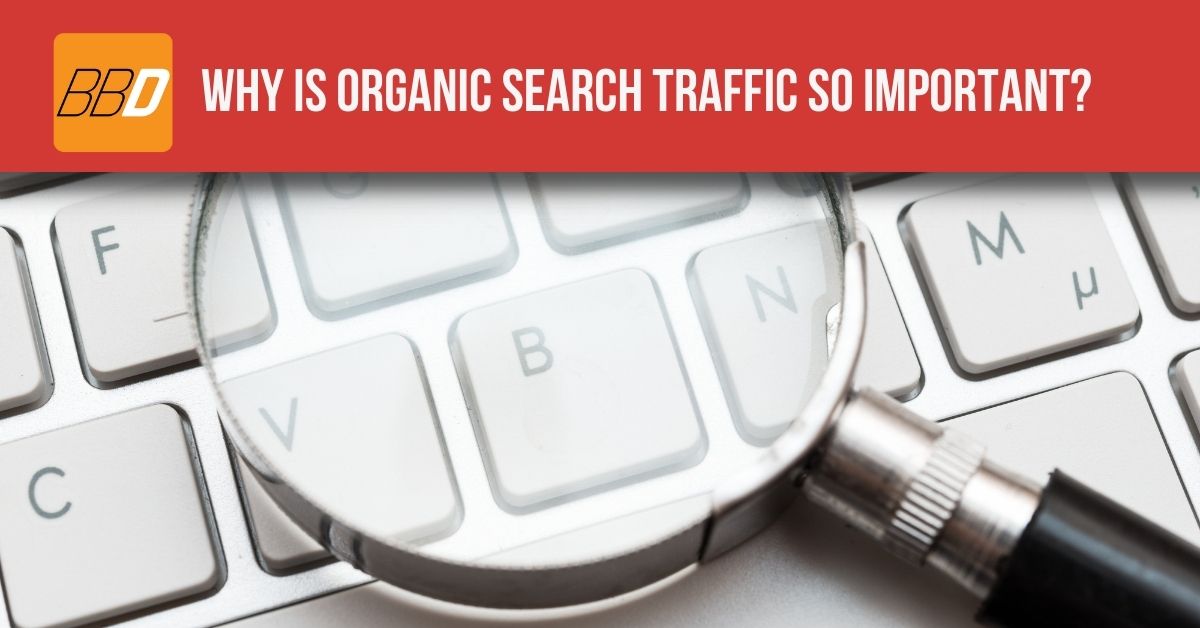Mobile devices have become an essential part of our lives. In fact, most people will check their mobile phone first thing in the morning. They are ubiquitous in our daily routine, and they are often our gateway to the internet, which means that designing your website with mobile devices in mind is essential. However, mobile design has another element to it: SEO.
Mobile SEO differs from desktop SEO in one major way – performance may be the weightiest factor when determining a website’s rank. As such, in order to rank highly for mobile devices, you need a well-designed mobile site that loads quickly, and has the right keywords. Considering that mobile traffic is currently larger than desktop site traffic, mobile SEO is not just an extra in a strong marketing strategy, but quite an essential component.
The mobile-first index
In 2016, Google officially announced the mobile-first index, and by March 2021, it is expected that all sites will be indexed mobile-first. This means that all the websites on the internet will be indexed based on their mobile version instead of their desktop one. So if you have two versions of the website up, Googlebot will first crawl the mobile version and check its user experience, content and performance in order to determine the ranking of both versions.
The mobile-first index will force website owners to pay as much attention to their mobile sites as they do to the desktop version, with mobile sites offering the same high quality content, same well structured data and metadata, properly set up hreflang, and servers that can handle the higher crawl rate.
Owners will be able to increase their ranking chances by simply adding a viewpoint declaration, or a Vary header to let Google know that the site is mobile-friendly. The new Page Experience ranking factor will also come into play. This factor refers to a more complex analysis on the part of Google’s algorithm, which not only takes overall loading time into account, but also the way images and other large content blocks load on the page. Basically, it looks at the load speed and order in which large, important content is loaded among other factors.
How do you improve mobile SEO?
Mobile and desktop SEO are very similar. However, there are a few key differences. For example, when it comes to keywords, users may have different intentions when doing a mobile search. When looking for a particular product or service on a mobile device, you are generally looking for one based on your location, and a time of day, while on a desktop, you may be more interested in reading up on prices, features and benefits. As such, targeted localization can be more important on a mobile site.
In terms of mobile SEO tools, you can’t go wrong with the classics. The Search Analytics feature in the Google Search Console can help you understand how to best target both mobile and desktop users. You also have the Mobile Usability tool from Google, which provides a checklist of mobile-friendly SEO rules for your pages and posts. A similar tool is Google’s Mobile-Friendly Test, and you have a variety of third party tools from Yoast, SEMrush, Ahrefs, Ryte, Lighthouse and others.
Once you have the right keywords and website structure, it’s time to take a look at loading speed. Here, you can use Page Speed Insights, which not only shows you how fast your website is on desktops and mobile devices, it also provides suggestions on how you can increase performance.
When it comes to the nuts and bolts of improving website load speed you have:
-
- Image size and format optimization
- Using fewer image files
- High quality hosting
- Updating to PHP7
- Loading fewer ad servers and assets (such as JavaScript libraries)
- Upgrading HTTP to HTTPS
- Transitioning to HTTP/2
- Using a CDN
- Caching assets
- CSS, HTML and JavaScript optimization and minification
- Prioritizing visible mobile content
- Fixing render-blocking content that is located above the fold
- Optimizing redirects.
You may also want to implement AMP, or Accelerated Mobile Pages, which is a Google open source project that is designed to speed up the page loading process. It was originally designed for static posts such as news articles and blogs, but since then, it has become feasible for use in dynamic websites such as e-commerce stores.
Are you interested in improving your website’s mobile SEO?
With a properly optimized mobile version of your website, you are likely to improve your overall SEO, and reach a wider audience. If you would like to find out more about what that entails, or improve your mobile SEO, contact us today.







